We’ve all read copy that makes us cringe. Sometimes it’s hard to put a finger on exactly what it is that makes the copy so bad. Nonetheless, its lack of appeal doesn’t go unnoticed.
Of course, writing is subjective in nature, but there are certain blunders that are universal. While poor writing doesn’t do much to engage the reader or lend authority to its publisher, it can help you gain a better understanding of what is needed to produce quality content.
So, the next time you read copy that just doesn’t measure up, take it as an opportunity to look for what you can learn from it. Better yet, check out the following lessons I’ve learned from reading/writing my share of bad copy:
1. The Story Makes the Writing
Your story creates the difference between talking “at” and talking “to” your audience. When you take the time to develop your story, your writing mimics the natural tone you would use in a conversation. Would you speak in a repetitive, factual tone while explaining something in person? Probably not.
Introduce a problem, develop its points, and then present your solution(s), just like you would during a personal interaction or sales pitch. Be a problem-solver, not a lecturer.
This is a pretty dull description for a company that manufactures children’s toys, don’t you think? An introduction, middle, and end would be ideal. They could still keep it short, sweet, and to the point, while including a better flow and a little background information. This would give the reader a better sense of what they’re all about.
2. A Sentence Should Make Its Point and Then Stop
No matter your target audience, readers will prefer simplicity. It’s easy to get so far into a point you’re making that you forget to separate it from others. Take a step back and think about where and how you can separate your points. How can you make it easier for readers to get the gist of your content?
Find ways to separate each sentence so that only one point is made before you move on to the next. This will help you avoid writing content that leaves readers confused, bored, and/or disinterested in what you have to say.
There’s a lot of information crammed into one sentence here. Keep your sentences on track so your reader can understand what you’re trying to say. Sentences are better short than confusing.
3. Descriptive Words Don’t Always Help
Every writing class you’ve ever taken has told you that descriptive words are necessary to paint a picture in the reader’s mind. What your teachers/professors probably didn’t tell you is that this is only true to a certain extent. Few things are more frustrating than reading content produced by a writer who can’t stop using adjectives.
Let’s take a sentence like “Our world-class team produces highly unique work that you can’t find anywhere else.” Sounds pretty horrible, right?
First, you should never use an adjective or adverb with an absolute adjective. Absolute adjectives are those that cannot take a comparative or superlative form, such as dead, pregnant, unique, etc. In the example sentence above, there is no need to use the word “highly” to further describe the word “unique.”
Second, you should choose to include either an adjective or a description. “Unique work that you can’t find anywhere else” is pretty redundant. Watch your use of descriptive words and use them where they “feel” right. Don’t try to force them just because you’ve been told they add a little something special to your writing.
In the title, the word “very” is not necessary in front of the word “unique.” If the home is unique, it’s unique. Period. Keep adjectives and adverbs to a minimum. Extra description is more annoying than it is helpful.
4. Audience Matters
It’s important to note what your audience knows and doesn’t know before you dive into your topic. After all, you don’t want readers to stop reading after the first paragraph because you’ve described a basic concept that everyone already knows. Rather, do a little research to identify your target audience.
What do they know? What do they need/want to know? How are you going to tell them what they need/want to know in a new way? Look into articles produced by influential members and/or competitors in your field to figure this out. Take note of the post topics as well as any comments left by readers. Try to answer important questions for your target audience, not provide a general overview for beginners.
This may not be noticeable to everyone, but as a member of Cosmopolitan’s target demographic, this article is a bit too obvious for my taste. It goes on to cite reasons like “quick-fixes” and “media-influence” for society’s obsession with perfection. Yes, we know this is an issue and that these elements are contributors. The question is: why do I need Cosmo to give me a broad overview? Let’s get specific. How can you fix the problem?
5. Copying Isn’t Cool
Because the section above mentions checking out other sites for guidance, I must point out the importance of original work. DO NOT COPY OTHERS. There, that’s pretty simple. In case you’re still tempted, here’s what happens to sites with copied content:
- Sites are penalized by major search engines – The whole point of creating a website is to be found online, so why ruin your chances with copied content?! All major search engines penalize sites that steal copy from others. They know when and where the copy has been used and will knock your site down in the rankings if you try to use it again. This is especially true for copiers who get their content from high-ranking sites!
- Sites turn away consumers – Chances are consumers have been or will be checking out other sites in your industry before they decide on the products/services you have to offer. Wouldn’t it be embarrassing if they found the site you stole content from?
- Sites miss out on an opportunity to show what they can do – Most importantly, your content should be tailored to your business. What makes you unique? How can your copy highlight your company culture? Create content that uses your voice and explains the work of your own company. This will allow you to appeal to your audience with a genuine description of how you do things better.
Want to know why there isn’t an example of copied content? Sites with copied content couldn’t be found! In place of an example, I have Matt Cutts’s warning to avoid copying content from an authoritative site. Copying content won’t save you any time in the long run. Yes, you can use Wikipedia as a guide (so long as you double check your information!). No, you cannot copy Wikipedia or other sites directly for even a small portion of your website.
6. Information Should Be Structured Well
This all comes down to formatting. If you present your information in a boring way, it will be boring to the reader. Separate information into sections using bullet points, sub-headers, and bolding.
Create somewhat of a map in your formatting to guide your readers from one important chunk of your content to the next. Whether they’re skimming for information or reading in full, this will make it easier and quicker for your readers to consume your content.
All of the text in this product description for Canon is the same size, weight, and style. While the other tabs offer more details about the product, I want to get a good, visual summary right here, in the overview. Use sub-headers, bullet points, italics, and bolding to guide your readers to important points in your writing.
7. A Picture Is Worth a Thousand Words
This is pretty simple. Pictures are fun to look at. Therefore, they make content more fun to read. Choosing relevant, high-quality images to accompany your content will go a long way toward engaging your readers.
Images help you illustrate your points by giving visuals of the products/services you have to offer. Be sure that each image has been taken with a quality camera and that the formatting is in keeping with the overall layout of your site. Once again, you can look at other professionally done sites to compare and correct your formatting.
Another important thing to note here is that all images should be owned by you. Whether this means you bought them from a stock gallery or took them with your camera, be sure to avoid taking images straight from the search engine. Images that are not yours can lead to sticky copyright issues that become more trouble than their use is worth.
They’ve taken the time to put together bios for their leadership team, but there’s still something missing… That’s right, photos! The page looks a little boring without them. Rather than create long lists of content without any entertainment in between, add relevant images where you can.
8. Grammar Matters
Obviously, you wouldn’t use poor grammar on purpose. Unfortunately, many don’t know when they’re using poor grammar. Pay attention to the grammar check warnings that pop up in your writing program (blue lines in Word). Should a warning pop up, don’t ignore it.
Right-click to see what’s going on. After you’ve completed your piece, run another check for good measure. Finally, have at least one other person in your office look for errors. Having two or more people run this check would be ideal.
Oh boy… This was obviously a mistake, and it certainly didn’t go unnoticed. No matter how casual the medium of distribution, check your copy for errors. People will see it! Even if it’s just a share on social media, correct the content or add a disclaimer.
9. It’s Best to Avoid Hyperboles and Clichés
Don’t be that website. Yes, you have an awesome product or service. Does that really mean every statement you make should be over-the-top in trying to sell it? Think of your content as your first conversation with a potential client/customer.
Chances are you wouldn’t make every sentence a one-liner if you were explaining your product or service to a prospect in person. Since online consumers won’t be visiting you in person for their first impression, make your content your sales pitch. Keep it relaxed enough to relate, yet professional enough to sell. Obvious promotion should be minimal. In its place, explain how your company does what it does in the most honest and factual way you can.
E! News is an entertainment news site, so cliché is kind of their thing. However, this still is a great example of what you should avoid in your writing. Instead, keep email/blog updates, page copy, and articles relevant and to the point. Did you really care how long Charlize and Sean dined? Probably not! Maybe you would have cared if this was their first sighting together or the scene of their break-up.
10. Check for Flow and Consistency
Admitting imperfection is a tough, but necessary, part of producing quality content. You won’t always be right and neither will anyone else. Tell your proofreaders to read your content again, this time checking for consistency and flow. This will help you ensure that your points are clear and concise enough to effectively tell your story.
Be ready and able to take criticism and then implement it in your work. While this process may not be possible for every piece of content you produce, at least make sure that your highly visible works are proofread for consistency and flow by another person.
This sentence isn’t that bad, really. But shouldn’t it say “superior apparel for all sports” not “athletes,” if it adds “not just soccer” at the end? This is nit-picky, but it’s also something that can be eliminated fairly easily in your copy with a double check.
Getting It Right
Ultimately, no one is a perfect writer. We’ve all written bad copy that has taught us (and probably others) a lesson or two in what to avoid and/or implement in future work. One way to become better at producing content for your company is to do what you’re doing right this second.
Seek out information from other writers and take every opportunity to expand your skill set and learn what you can. Writing your own copy isn’t easy, but it can be done well if you put a little effort into building your writing skill and optimizing the process.
About the Author: Cosette Jarrett is a marketing specialist at Red Olive in Salt Lake City, Utah. She specializes in social media and content marketing, working closely with the SEO team to develop and execute marketing solutions and social strategy. You can follow her @CosetteJarrett or connect on LinkedIn.
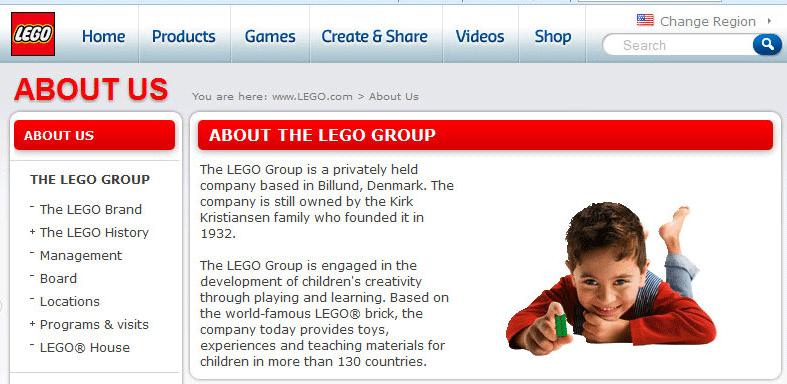

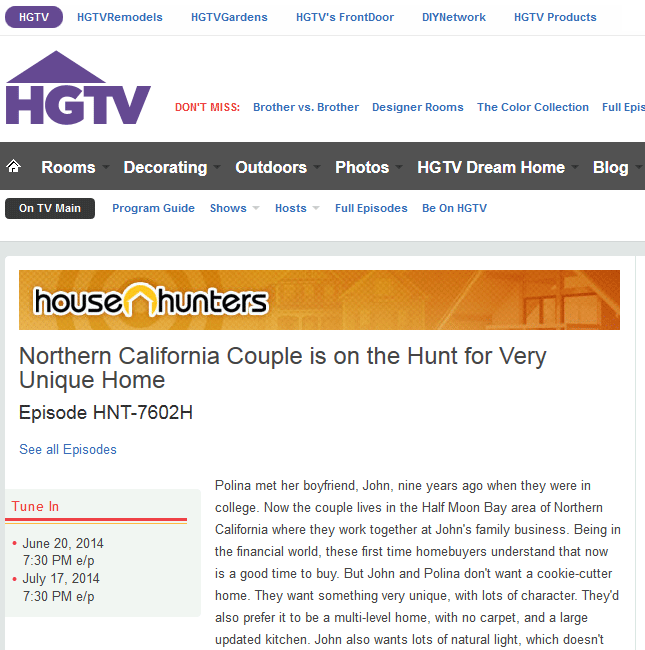
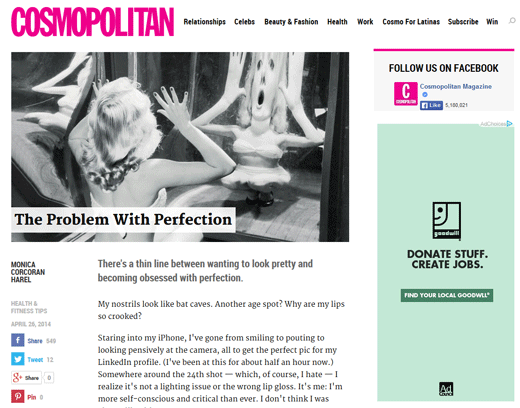
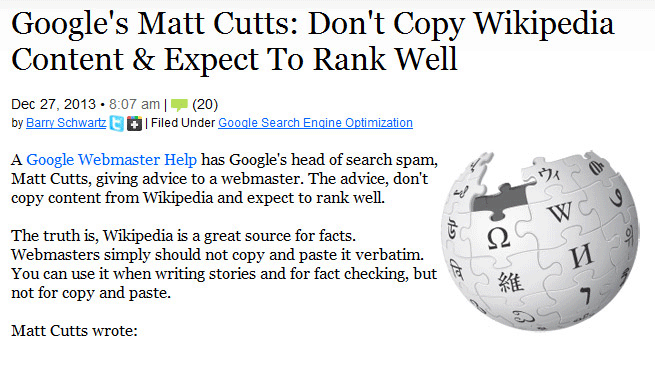
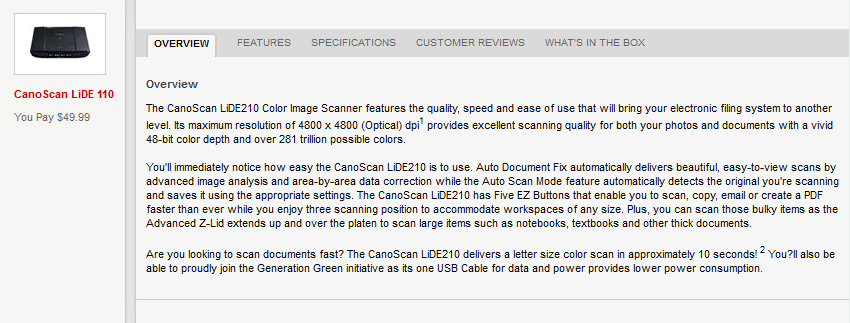
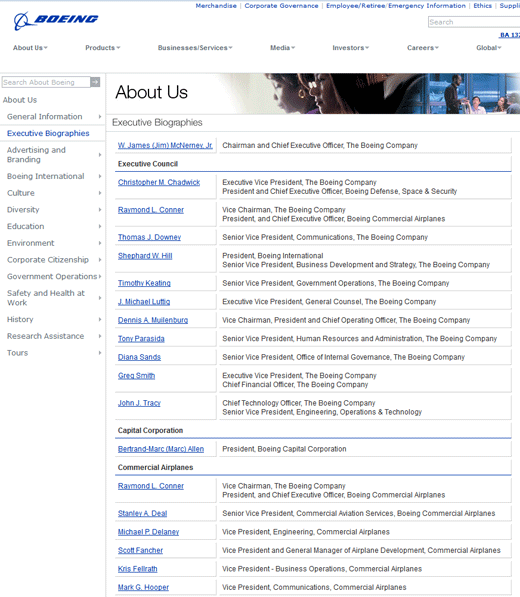
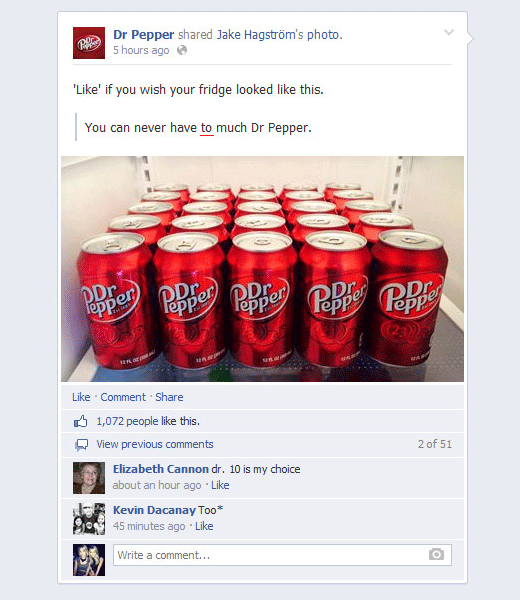
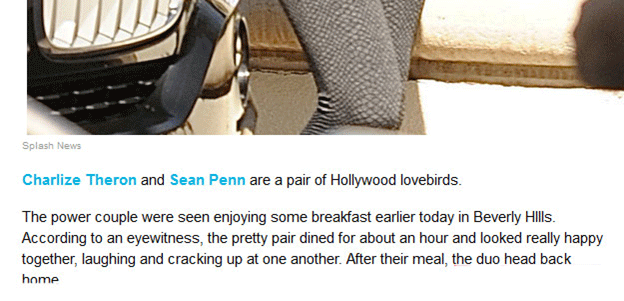
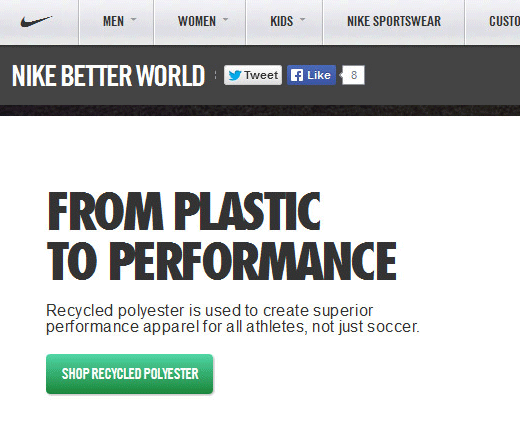
Comments (12)